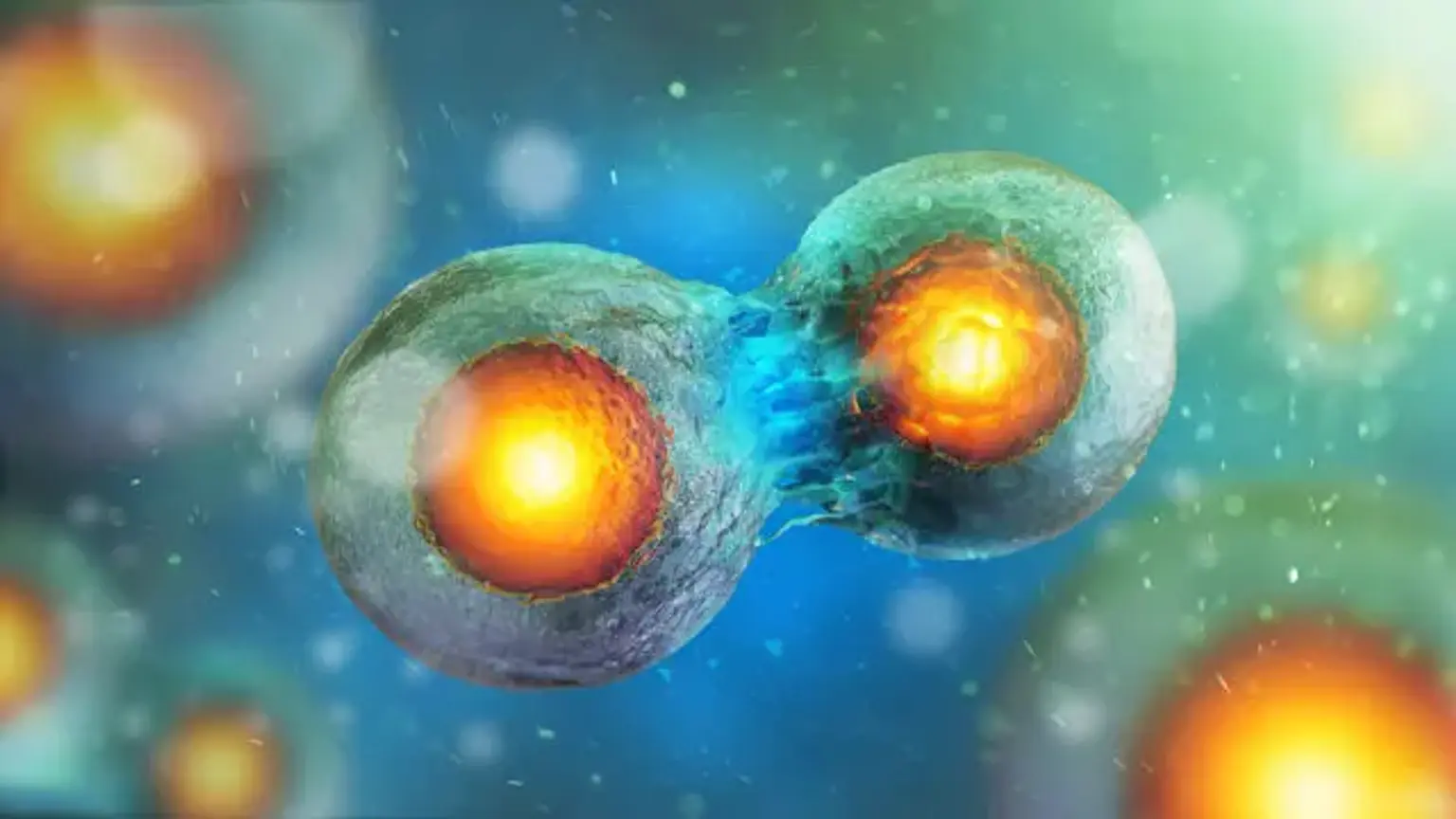Introduction
A uterine septum is a congenital abnormality where a partition of tissue divides the uterus, creating a septum that may extend partially or completely from the top to the bottom of the uterine cavity. This malformation can disrupt normal reproductive processes, leading to complications such as recurrent miscarriage, preterm labor, or difficulty conceiving.
For women with a septate uterus, uterine septum correction surgery can significantly improve reproductive outcomes. This minimally invasive procedure, typically performed using hysteroscopy, aims to remove or correct the septum and restore the uterus to its natural shape. Understanding the need for this surgery is vital for those experiencing unexplained fertility issues or pregnancy losses. In this article, we will explore the causes, symptoms, and diagnosis of a uterine septum, as well as the surgical procedure itself and its impact on fertility and pregnancy.
Understanding Uterine Septum and Its Causes
A uterine septum occurs when the two tubes that form the uterus fail to fuse completely during fetal development. This results in a wall of tissue (the septum) that can partially or fully divide the uterine cavity. It is a congenital condition, meaning it’s present from birth, and can interfere with fertility and pregnancy.
Causes:
The exact cause is unclear, but it’s believed to be a result of genetic factors or disruptions during early development in the womb. It is not caused by lifestyle choices or external factors.
Impact on Reproductive Health:
A septate uterus can make it difficult to conceive, lead to early pregnancy loss, or cause complications like preterm birth. For some women, it may go unnoticed if the septum is small and doesn’t affect the uterus significantly.
